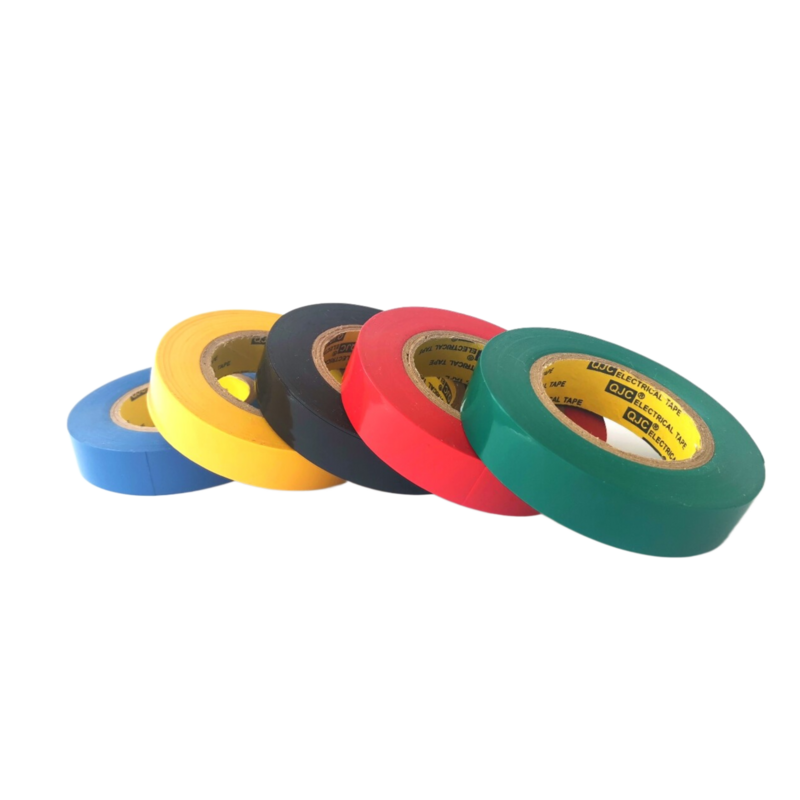Exploring the Benefits and Applications of Self-Annealing Tape
Self-annealing tape has emerged as a revolutionary tool in various industries, particularly in electrical engineering and construction. This innovative product is designed to provide insulation and protection for electrical connections while offering several other advantages. In this article, we will explore what self-annealing tape is, how it works, and its potential applications across different fields.
What is Self-Annealing Tape?
Self-annealing tape is a specialized adhesive tape constructed from high-performance polymer materials. Its primary function is to provide durable insulation for electrical wires and components. Unlike traditional electrical tape, which may require heat or other activation methods to create a seal, self-annealing tape adheres to surfaces through a unique self-fusing mechanism. When wrapped around an object, the tape fuses to itself, creating a waterproof and airtight seal that protects against moisture, dust, and other environmental factors.
How Does Self-Annealing Tape Work?
The magic of self-annealing tape lies in its unique properties. The tape is made from materials that have both adhesive and sealing characteristics. When the tape is applied and stretched, the molecular structure of the polymer aligns, effectively bonding to itself without the need for additional adhesives. This bonding process creates a solid and resilient barrier, significantly enhancing the tape's insulating properties.
Furthermore, self-annealing tape is designed to withstand extreme temperatures and environmental conditions. It can operate effectively in a wide range of temperatures, making it suitable for both indoor and outdoor applications. Its chemical resistance also adds to its longevity and effectiveness in various scenarios.
Applications of Self-Annealing Tape
1. Electrical Insulation One of the primary uses of self-annealing tape is in the insulation of electrical connections. It is particularly valuable in instances where traditional insulation methods may fail due to environmental stressors. By providing a robust seal, the tape enhances the reliability of electrical systems.
self annealing tape

2. Automotive Industry In the automotive sector, self-annealing tape is used for insulating wiring harnesses, protecting sensitive components from moisture and heat. Its ability to withstand high temperatures makes it ideal for use in engine bays and other heat-prone areas.
3. Telecommunications The telecommunications industry benefits significantly from this innovative tape. It is used to protect and insulate fiber optic cables and other sensitive wiring, ensuring that data transmission is not compromised by external factors.
4. Construction In construction, self-annealing tape serves multiple purposes, including sealing joints and providing thermal insulation. It is often used in HVAC applications to secure ducts and pipes, forming airtight and watertight seals that enhance energy efficiency.
5. Marine Applications The marine industry also capitalizes on the advantageous properties of self-annealing tape. It is used for insulating electrical systems in boats and other watercraft, protecting them from the harsh marine environment and ensuring safe operation.
6. Home Renovation and Repair DIY enthusiasts and contractors often utilize self-annealing tape for various home repair projects. Its ease of use and effectiveness in sealing and insulating make it an invaluable product for quick fixes and long-term solutions alike.
Conclusion
Self-annealing tape is a versatile and highly effective tool that has proven its worth across multiple industries. Its unique construction and self-fusing capabilities make it an excellent alternative to traditional insulation methods. As technology continues to advance, the applications of self-annealing tape are likely to expand further, providing even more innovative solutions to everyday problems.
In summary, self-annealing tape stands out as a critical component in ensuring the safety, efficiency, and longevity of electrical systems and components. Whether in automotive settings, telecommunications, construction, or any other field, its ease of application and remarkable protective qualities solidify its position as an essential product in modern industry.
-
XIANGFAN Rubber Tape-Ultimate Solutions for All Your Insulation NeedsNewsJun.24,2025
-
XIANGFAN Rubber Tape-Protection for Industrial and Residential ApplicationsNewsJun.24,2025
-
XIANGFAN Rubber Tape: Superior Safety and Sealing for Demanding EnvironmentsNewsJun.24,2025
-
XIANGFAN Rubber Tape: Reliable Solutions for Every Electrical ChallengeNewsJun.24,2025
-
XIANGFAN Electrical & Industrial Tape: Powering Reliability Across IndustriesNewsJun.24,2025
-
XIANGFAN Electrical & Industrial Tape: Excellence in Every ApplicationNewsJun.24,2025
